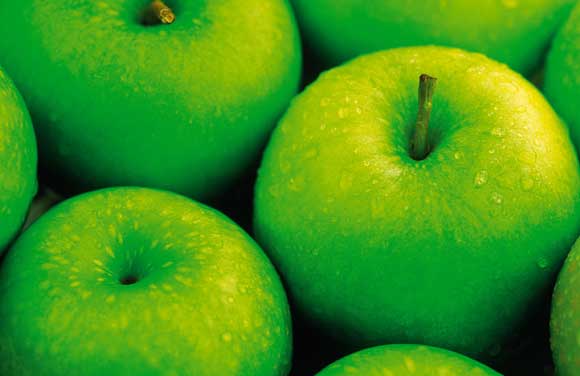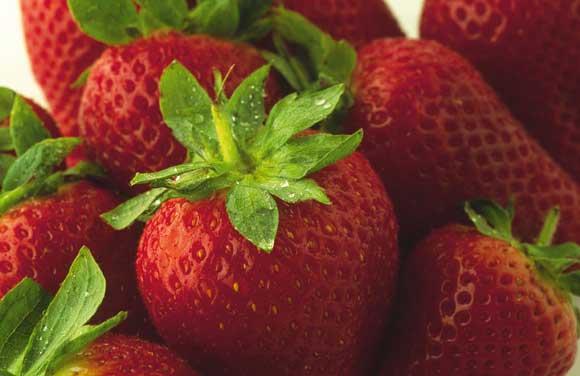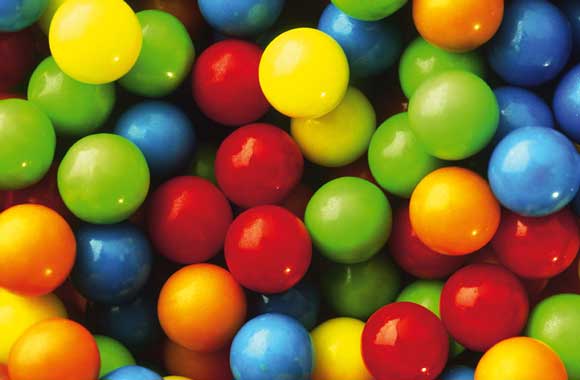Indoor Home Studio – Food
Raid the fridge and cupboards for suitable subjects. You don’t have to shoot prepared meals like in a Jamie Oliver cookbook. Apples, strawberries, peppers, chillies and even pasta can make ideal subjects to shoot.
If you want to have a go at the kind of glossy, mouth-watering photography that you see in the foodie magazines there are a few tips you should follow for best results.

© Craig Roberts
Preparation
Think about the kind of plates, bowls, cutlery, table cloths and props (such as a vase) you want in your picture. Pick a colour scheme so your elements co-ordinate rather than clash. Make sure the food you photograph is blemish-free.
Lighting
Many types of food wilt under warm lights, so if you’re using tungsten lighting you must work fast. Daylight or flash is better. Food generally looks best when its high key – dark food is unappealing.

© Craig Roberts
Composition
Food photography is not just a record of the food, but is about creating a mood. Be creative with your shooting angles, crop in on details, and try using a wide aperture to get selective focus on just a small area.
Post Production
Most food pictures benefit from a few touch-ups and levels corrections in Photoshop. Shoot in Raw to give you more scope for adjustment later.

All kinds of fruit make ideal subjects. Anything colourful can make a great abstract still-life subject. Images: © Craig Roberts





